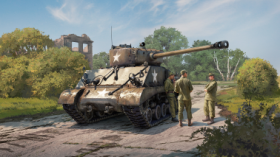
- For PC
- For MAC
- For Linux
- OS: Windows 10 (64 bit)
- Processor: Dual-Core 2.2 GHz
- Memory: 4GB
- Video Card: DirectX 11 level video card: AMD Radeon 77XX / NVIDIA GeForce GTX 660. The minimum supported resolution for the game is 720p.
- Network: Broadband Internet connection
- Hard Drive: 22.1 GB (Minimal client)
- OS: Windows 10/11 (64 bit)
- Processor: Intel Core i5 or Ryzen 5 3600 and better
- Memory: 16 GB and more
- Video Card: DirectX 11 level video card or higher and drivers: Nvidia GeForce 1060 and higher, Radeon RX 570 and higher
- Network: Broadband Internet connection
- Hard Drive: 62.2 GB (Full client)
- OS: Mac OS Big Sur 11.0 or newer
- Processor: Core i5, minimum 2.2GHz (Intel Xeon is not supported)
- Memory: 6 GB
- Video Card: Intel Iris Pro 5200 (Mac), or analog from AMD/Nvidia for Mac. Minimum supported resolution for the game is 720p with Metal support.
- Network: Broadband Internet connection
- Hard Drive: 22.1 GB (Minimal client)
- OS: Mac OS Big Sur 11.0 or newer
- Processor: Core i7 (Intel Xeon is not supported)
- Memory: 8 GB
- Video Card: Radeon Vega II or higher with Metal support.
- Network: Broadband Internet connection
- Hard Drive: 62.2 GB (Full client)
- OS: Most modern 64bit Linux distributions
- Processor: Dual-Core 2.4 GHz
- Memory: 4 GB
- Video Card: NVIDIA 660 with latest proprietary drivers (not older than 6 months) / similar AMD with latest proprietary drivers (not older than 6 months; the minimum supported resolution for the game is 720p) with Vulkan support.
- Network: Broadband Internet connection
- Hard Drive: 22.1 GB (Minimal client)
- OS: Ubuntu 20.04 64bit
- Processor: Intel Core i7
- Memory: 16 GB
- Video Card: NVIDIA 1060 with latest proprietary drivers (not older than 6 months) / similar AMD (Radeon RX 570) with latest proprietary drivers (not older than 6 months) with Vulkan support.
- Network: Broadband Internet connection
- Hard Drive: 62.2 GB (Full client)
The interwar period was an exciting time of innovation within the field of aviation throughout many countries. Also of note was the rise in prominence of women in aviation; whilst the first qualified female pilots were flying prior to the First World War, the 1920s and 1930s saw women acknowledged as professional aviators in their own right; British pilot Amy Johnson and American aviator Amelia Earhart became household names across the western world. However, less well known in the west but far more pioneering for women within the field of military aviation was Marina Raskova.
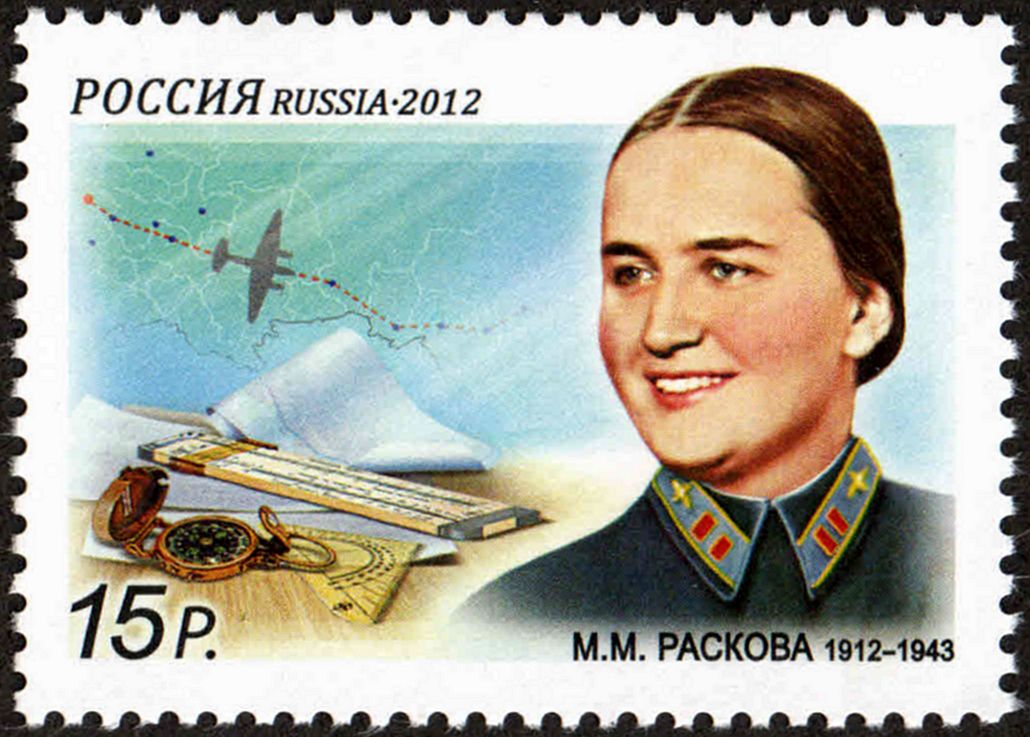 |
Born in Moscow in 1912, Marina Mikhailovna Malinina was the daughter of a music teacher and throughout her early childhood had aspirations to become an opera singer. However, after her father died in an accident the family was hit with financial difficulty, her interests were forced to change to a more scientific nature and she trained as a chemist. After marrying engineer Sergei Raskov she gave birth to a daughter, Tanya, in 1930; her marriage ended in divorce in 1935 but she retaining her married name.
Raskova’s first real interest in aviation occurred in October 1931 when she began work in the drafting department of the Nikolai Zhukovsky Air Force Engineering Academy. Two years later Raskova joined the Soviet Army Air Force and became the first female navigator. After only a year she had risen to become a navigation instructor and also began training as a pilot at Moscow air club. In a world swept up in the enthusiasm for female ‘aviatrix’ role models, Raskova joined with fellow aviators Polina Osipenko and Valentina Grizodubova, two Ukrainian women from very different social backgrounds.
Their exploits made them celebrities across the entire Soviet Union and even reached as far The New York Times. The trio’s most famous adventure would occur in September 1938. The plan was to fly from Moscow to Komsomolsk; practically the entire width of the Soviet Union, to break the world record for the longest straight line flight by an all female crew. Their aircraft was a modified Tupolev ANT-37, a twin engined experimental bomber – named ‘Rodina’ roughly translating as ‘Motherland’. On the morning of September 24th the three female aviators were quizzed by dignitaries and photographed by national media as the aircraft’s final preparations were completed. This included sealing the fuel tanks so that it was not possible to land and refuel, thus giving more credibility to the record breaking attempt. Unfortunately, the tanks were sealed after engine testing the previous evening but before they were then topped up again; as the trio of aviatrix pioneers took to the skies with Raskova taking her place in the glass nose as the navigator, they were unaware that their fuel tanks were not full.
Raskova’s luck deteriorated further. She had entered the flight knowing full well that the maps of the far east of the Soviet Union were not nearly adequate for aerial navigation, but was confident of her abilities with a compass and sextant. However, the weather forecast was far from accurate; with the skies obscured with thick banks of cloud and ice building up on the wings, the pilots struggled to maintain course and Raskova skillfully navigated the aircraft accurately by switching between techniques and exploiting rare gaps in the weather.
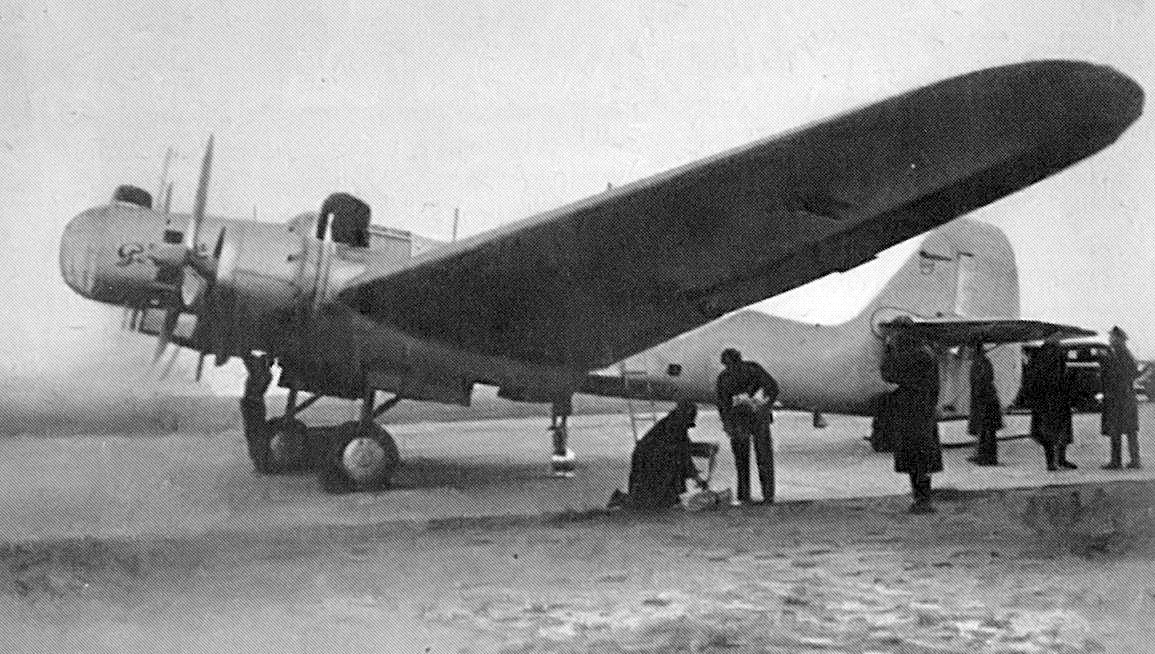 |
| Tupolev ANT-37/DB-2 |
Braving the weather, the Rodina reached the area of Komsomolsk in the early hours of September 25th. Their luck did not improve. With their landing area hidden beneath low cloud and by poor visibility, the crew were forced to find an alternative landing site. Then the engines began to cough and splutter as the last dregs of fuel from the under-filled tanks was forced through the lines. The situation was dire: the only proper runway was obscured, fuel had all but run out, the skies were dark, cloudy and ice was continuing to build on the Rodina. It was even worse for Raskova – locked in the navigator’s position in the glass nose, death was all but certain for her in the event of a forced landing and there was no way back to the main fuselage compartment of the aircraft.
With limited choices, Raskova took to her parachute whilst the pilots crash landed in a marsh. It was eight days before Osipenko and Grizodubova were recovered from the crash site, the aircraft still being remarkably intact which was testament to their piloting skills. Raskova, meanwhile, badly injured both legs after landing and was left to fend for herself for ten days before being rescued. However, the mission was accomplished: the record had been broken and all three women were awarded the Hero of the Soviet Union medal by Stalin himself; the first women ever to be so highly decorated.
With celebrity status and the ear of Joseph Stalin to accompany her natural charisma, Raskova was ideally placed to fight the cause for female aviators when Germany invaded the Soviet Union in 1941. Convincing Stalin that women were just as capable as men in the fight against the invaders, Raskova was tasked with assembling the first all female Air Regiments in history. Raskova appeared on Radio Moscow to call for female pilots – the Soviet Union already had thousands qualified – to join the fight. Her team was inundated with written replies. Thousands of women were interviewed for potential places in the three new Air Regiments, each of which would consist of three squadrons of ten aircraft. Not only were aircrew chosen; all of the ground crews would also be made up of women.
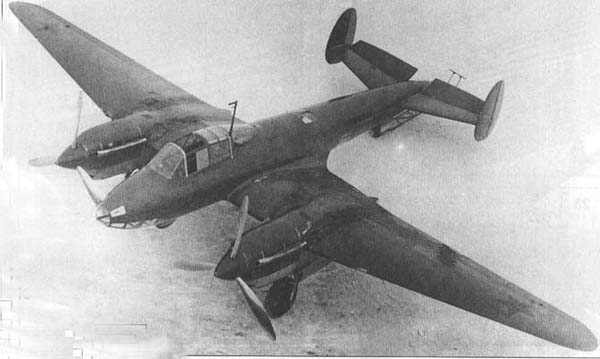 |
| Petlyakov Pe-2 Bomber |
After intense training in Engels, those selected who passed were streamed into one of three units. The 586th Fighter Aviation Regiment, after further lobbying by Raskova, entered combat equipped with the Yak-1 fighter at a time when many of the male staffed squadrons were equipped with the inferior LaGG-3. Former 586th pilots Lydia Litvyak and Katia Budanova would go on to achieve great success in other units, becoming the two highest scoring female fighter aces in history. The 587th Bomber Aviation Regiment was equipped with the similarly modern Pe-2. Raskova herself chose to lead this regiment, again adopting the role of navigator although a qualified pilot. The 587th would be re-designated the 125th Guards Bomber Aviation Regiment after achieving the coveted Guards status in 1943. Perhaps the most famous of all was the 588th Night Bomber Regiment – equipped with the outdated and underpowered Po-2, this open cockpit biplane was used in harassing attacks against German forces, with one crew of the 588th reputed to have flown 17 operational sorties in a single night. Nicknamed the ‘Nachthexen’ or ‘Night Witches’ by German forces, they too achieved Guards status and were re-designated the 46th Taman Guards Night Bomber Aviation Regiment.
In January 1943, after a year of front line command and combat missions, Raskova led a detachment of three Pe-2 bombers back to their parent unit in the Kuban area. After being caught out by bad weather, Raskova ordered the three aircraft to land in whatever area they considered suitable. Her aircraft crashed in the bad weather, killing all onboard.
Major Marina Raskova was mourned by the entire nation, but nobody grieved her loss more than the women of the three regiments who had come to see her as a mother figure. Her ashes were placed in the wall of the Kremlin in the first state funeral in the Soviet Union since the German invasion. A lasting memory reported by one of her subordinates was, on clearing out her office, finding two unopened letters on her desk, awaiting her return. One was from her twelve-year-old daughter.
Swallow motif of Katerina Fedotova, a Pe-2 pilot of the 587th Bomber Aviation Regiment. Here you can see WiP preview of it(Decal produced by Jej 'CharlieFoxtrot' Ortiz):
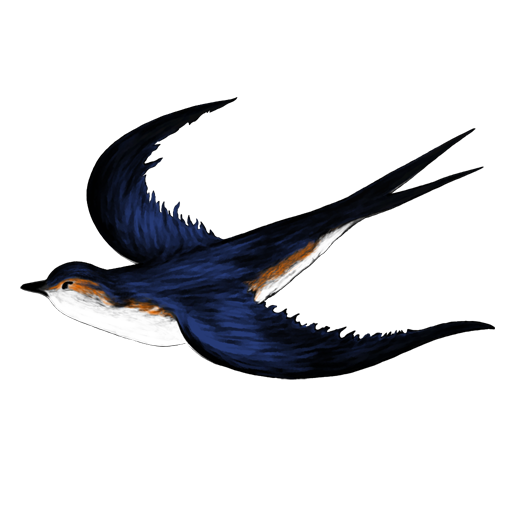
About The Author
 |
Mark Barber, War Thunder Historical Consultant Mark Barber is a pilot in the British Royal Navy's Fleet Air Arm. His first book was published by Osprey Publishing in 2008; subsequently, he has written several more titles for Osprey and has also published articles for several magazines, including the UK's top selling aviation magazine 'FlyPast'. His main areas of interest are British Naval Aviation in the First and Second World Wars and RAF Fighter Command in the Second World War. He currently works with Gaijin Entertainment as a Historical Consultant, helping to run the Historical Section of the War Thunder forums and heading up the Ace of the Month series. |


